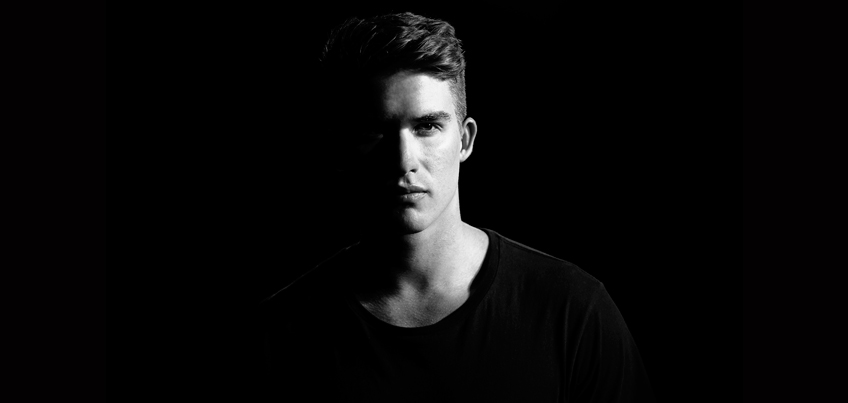The properties of light in photography are aspects that every photographer should know. When we talk about digital photography we have to think in the light. As we have already mentioned before, light in photography is an extremely important aspect and the result you get from it depends to a great extent.
Therefore the properties of light are factors that we must take into account to achieve a good handling it and obtaining the desired result. Light is one of the elements of photography, which make up the photographic composition and is the first element, the most fundamental of all to capture and take photos.
When we talk about digital photography we have to think about light, Next we will explain what are the properties of light in photography and what you can get from them.
What are the properties of light in photography?
Quality
When talking about quality we will be referring to concepts such as hard and soft light .
The hard light should be directly exposed to the target.
With hard light we will get more aggressive, powerful, powerful and dramatic images ; thanks to the effect it causes with a significant amount of well-defined shadows. In addition to achieving a great level of detail and texture in the photo.
On the contrary soft light generates less contrasted and blurred shadows generating soft portraits, tender and beautiful . A lower level of detail and texture. To achieve this, you must interrupt the direct exposure of light, either with diffusers or by bouncing it.
In relation to quality, factors such as the size of the light source and the distance used with the object to be photographed to obtain a light will be involved. hard or soft.
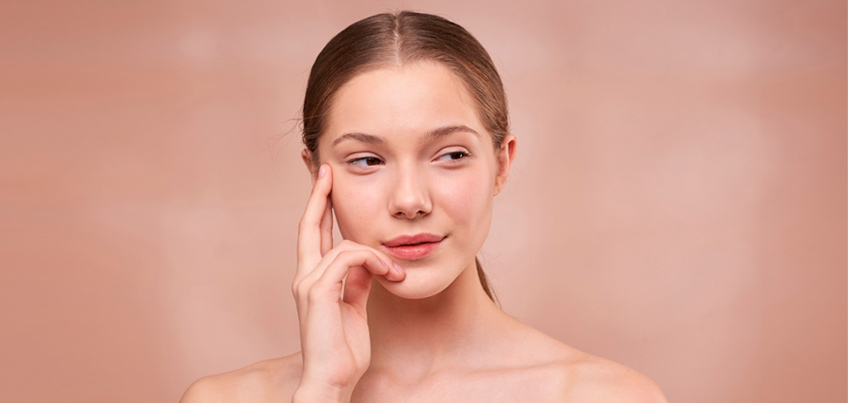
Intensity or quantity
The intensity refers to the amount of light that will be illuminating our lens in the photo. It has to do with how much light there is, if a scene it is very light or very dark.
Here are two factors that we must take into account and take care of:
- Underexposure: Lack of light in the image.
- Overexposure: Excess light in the image.
But in the same way, these aspects can be fixed and controlled by modifying the configuration of our camera regarding the aperture of the diaphragm, shutter speed and even the ISO.
You will have to be regulating the amount of light because it influences how the colors will appear.

Temperature
Surely you have noticed that there are different colors of light in photographs: from blue to orange or maybe you recognize them more by warm and cold colors.
That is the color temperature, a color variant that influences our portrait but that we can still control using a correct white balance.
For example: A photo taken at 12 o’clock will have a warmer color temperature than a photo taken with a completely clear sky and no sun; that will provide a cooler color temperature.
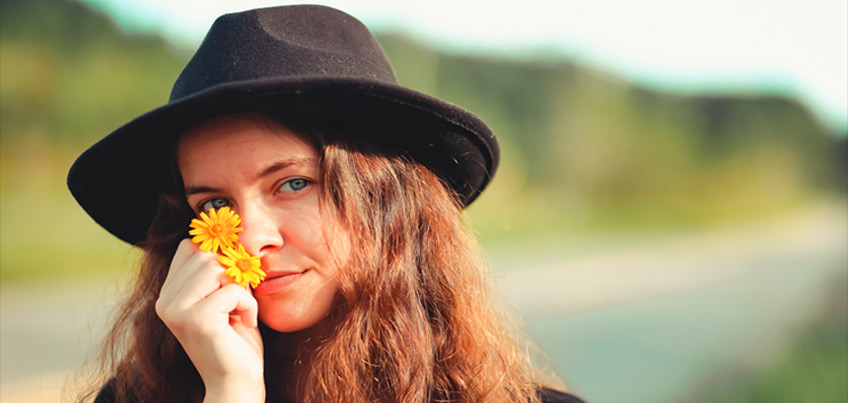
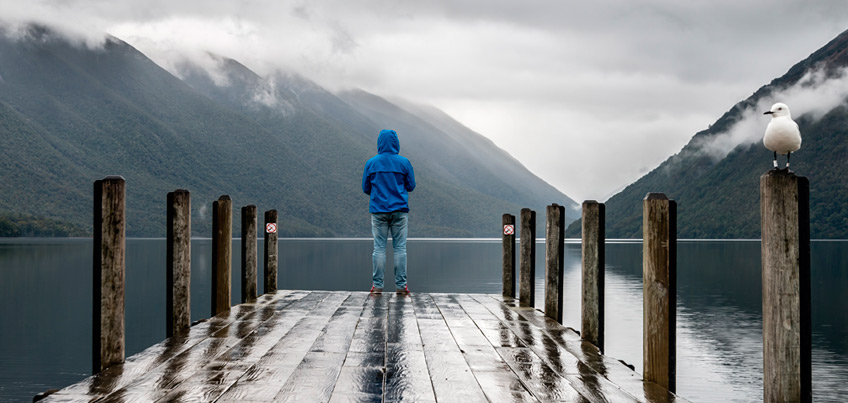
Address
Another important factor to consider.
Depending on the angle in which we place our light sources, the results that we will obtain will be completely different and will communicate different things.
In addition, this will affect aspects such as volume, silhouettes, texture and will highlight the points on which we want to focus the attention of the spectators.
We will direct the light on the objective to be photographed, among the different types of direction we have the against light , which is You will find behind our lens, the side light , which will be to one side of the subject, the front light , which is flat and eliminates textures, nadir or low angle light , with the light source below the subject and the zenith light , which is located above the subject.
For example: In the following photo the light was placed under the subject’s face and as a result we will obtain shadows and highlights that They will draw our attention to the illuminated features of the face. The same that communicate mystery.
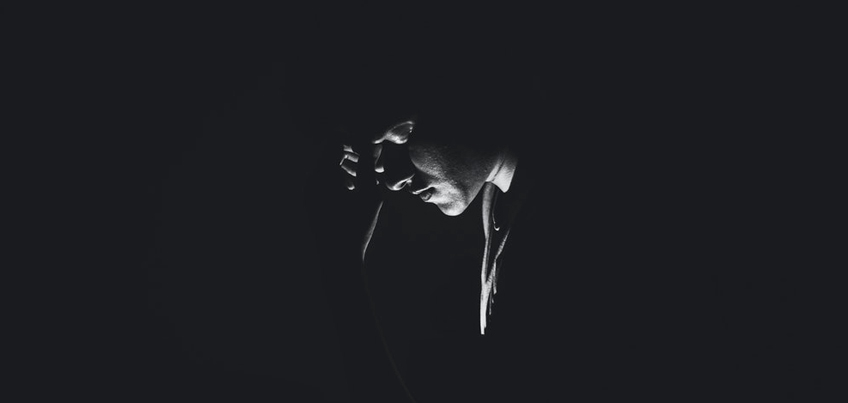
How you could observe the properties of light in photography will allow us to achieve our objectives effectively in the photography we take. And it depends on the result you want to achieve the properties and the way you will use the light.
Remember to understand the qualities of light , since by understanding them, you will be able to create different atmospheres in your photographs.

